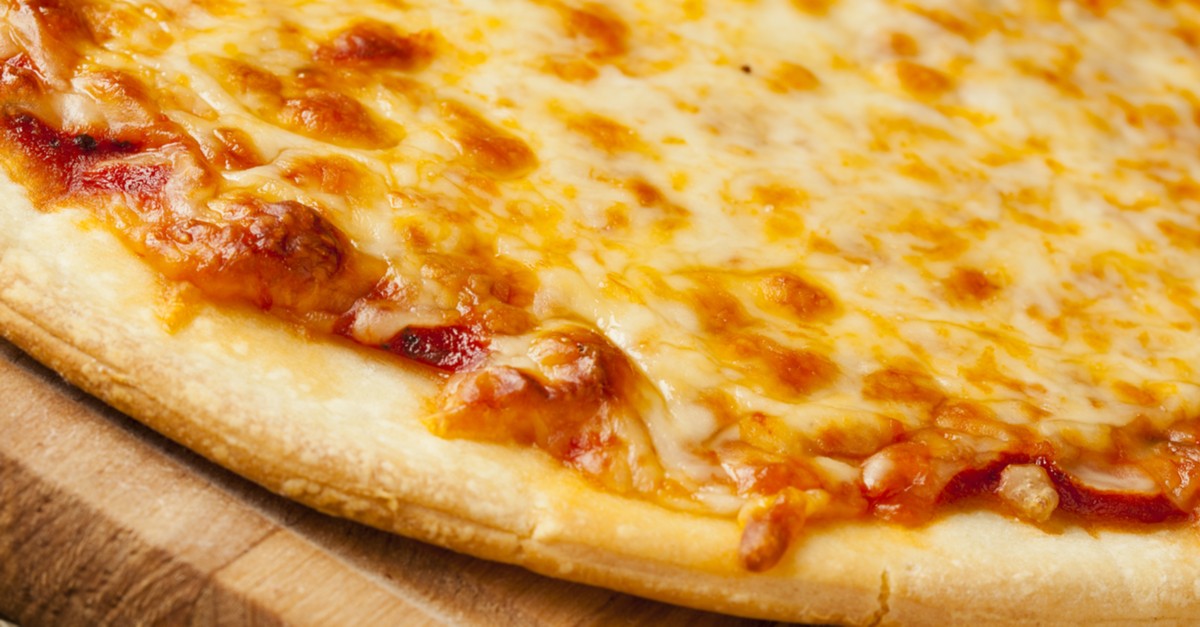Quick and Easy Weeknight Pizza from Scratch – no wait, no way?
The Struggle
Pizza is the best, that’s why in the U.S. we eat 3 billion pizzas a year! But usually we order from the local pizza joint (hit or miss), or we buy it frozen. The biggest reason we don’t make it at home is a lot of us don’t want to make the dough. Proper pizza dough takes a good recipe, a bit of know-how and a lot of patience. While it’s rewarding to make, generally the voice in your head that is craving pizza doesn’t want to wait 24 hours for the dough to rise. Loyal fans wage war over the definition of a good pizza. Is the crust soft, crispy, thick, thin, chewy, tender, yeastyness, coal fired, wood fired, and my personal favorite, leoparding. Each of these gives a specific attribute to a pizza that some people love or hate. With all these decisions it seems like it would be difficult to make the perfect pizza crust at home. When this question into the Ask a Chef, I knew I had to put it out there:
“Is there a way to make a good pizza dough, fast?”
Special Agent: Leavening.
This is a fun one because my initial reaction is to add a leavening agent. While you can still make a decent dough in an hour using a small amount of yeast, it won’t have the correct amount of rise since you’re cutting the proofing time down substantially. I suggest adding I’m Free Perfect Gluten Free Baking Powder to the dough. This ingredient works its magic in all doughs, not just gluten free ones. I’m Free Perfect Gluten Free Baking Powder is an encapsulated baking powder that activates at higher temperatures to give a final boost in the rise of the dough. This means that you get the benefits of a properly proofed dough in a fraction of the time.
Proofing also develops flavor compound that make the crust stand out. Some people have been known to add acids to a quick dough to give the illusion of a longer fermentation. Some acids people add are tartaric acid or lactic acid, we prefer lactic acid as it is the same acid that is produced by the proofing process. If you are looking to add some extra flavor to a quick dough go ahead and add a small amount of acid.
But the thing about experiments is finding out what doesn’t work. A great customer of ours; James, attempted to use the dough in a high temp situation (600F+). He found that the dough cooked so fast that the I’m Free Perfect Gluten Free Baking Powder did not have time to work before the dough was fully cooked, but it did work in a home oven at 400F. With all the flavors and textures that we look for in the dough it will be up to you to experiment and find how you like your new expedited pizza dough.
Meeting in the middle
James loves to experiment and he found another way to make a pizza dough slightly faster and with a better texture. He uses Glycerol Monostearate (GMS) to make a better pizza dough. With a proof time of only 16 hours it’s still a lengthy process but if it’s a good method I feel obligated to let everyone know about it. Adding the emulsifier GMS will help retain the moisture in the dough and make for a dough that is crispy on the outside and soft & airy on the inside.
So in theory you could cut down the amount of proof time substantially by adding a small amount I’m Free Perfect Gluten Free Baking Powder and lactic acid. Add the GMS to make a better dough and make the perfect quick pizza dough.
Usage ratios for the ingredients
Glycerol Monostearate: 2% of the total weight of the flour
I’m Free Perfect Gluten Free Baking Powder: 0.6% of the total weight of the recipe
Lactic acid: 0.2% of the total weight of the recipe
Have a Question? Ask a Chef!
Modernist Pantry is here to help professional and home chefs transform food. We’re honored so many of you reach out to our test kitchen for problem solving and inspiration. Have a question? Click to Ask a Chef!



5 Comments.
And if I want to make a gluten free pizza crust?
We haven’t made a recipe yet for GF pizza crust, but products like our I’m Free GF Flour and Gluten Replacement would go a long way to developing a great gluten free pizza dough.
Hi,
I am making pizza dough and am trying to achieve a lighter, fluffier and more airy dough crumb which is relaxed enough to be able to be easily stretched and hold that stretch. I was told to try L-Cysteine powder added to the dry ingredients as a relaxer to achieve this. In 680 grams of flour, I used 3.4 grams of L-Cysteine powder (.005%). The more I mixed the dough, the stringier it got and no modest amount of added flour changed that consistency. I did something wrong but I don’t know what. Did I use too much L-Cysteine powder? I’m not sure of the proper proportions of the powder is correct. Did I mix the dough too long (6 minutes)! Can you please help me in identifying what I did wrong?
Thank you,
Ray.
We haven’t worked with L-Cysteine so can’t really comment on this.
3.4g of l-cysteine in 680g isn’t 0.005%, it’s 0.5%. You need to add 34mg of l-cysteine instead of 3.4g, which should give you a much better result. I use a 20g scale that reads down to 1 mg, tared and then with a 10g calibration mass on top to measure these quantities.